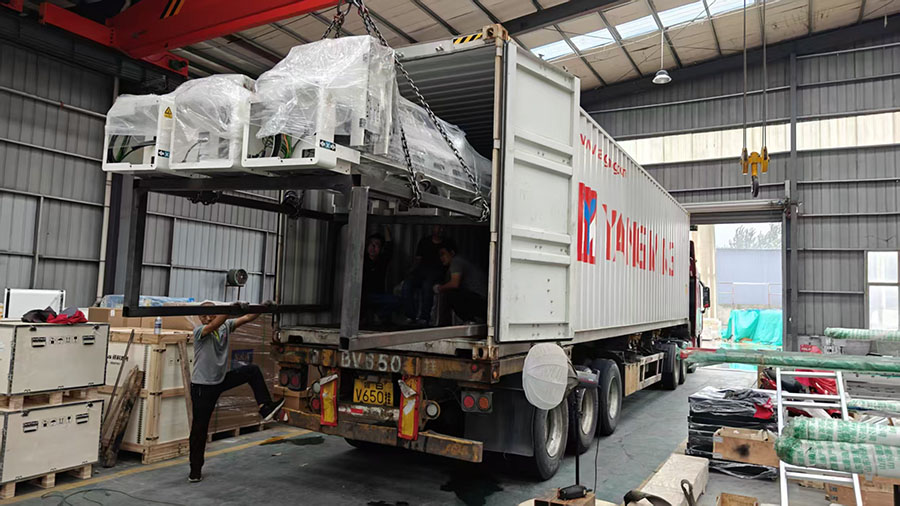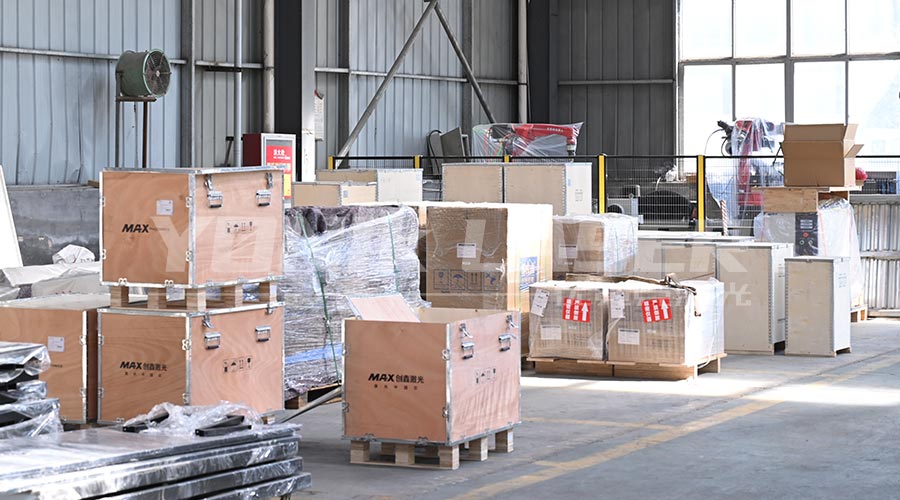In modern manufacturing, laser cutting machine has become an indispensable and important tool with its high precision, high efficiency and high flexibility. However, in order to ensure the long-term and stable operation of laser cutting machine, it is essential to develop and implement a scientific preventive maintenance plan. This article will explore in depth the development and implementation of preventive maintenance plan for laser cutting machine, in order to provide useful reference for relevant practitioners.

The working principle of laser cutting machine is to accurately cut materials through high-energy laser beam generated by laser. This process involves the coordinated work of multiple key components, including laser, cutting head, machine tool, cooling system, etc. Therefore, when formulating preventive maintenance plan, it is necessary to fully consider the maintenance needs of these components.
1. Importance of preventive maintenance plan
The preventive maintenance plan aims to detect and solve potential problems in advance through regular inspection, maintenance and repair, so as to avoid production interruptions and cost increases caused by equipment failure. For laser cutting machine, the importance of preventive maintenance is mainly reflected in the following aspects:
Extend the service life of equipment: through regular maintenance and repair, equipment wear can be reduced and its service life can be extended.
Improve production efficiency: Ensure that the equipment is always in the best working condition, improve cutting accuracy and efficiency.
Reduce maintenance costs: Discover and solve small problems in time to prevent small problems from turning into big problems, thereby reducing maintenance costs.
2. Development of preventive maintenance plan
When developing a preventive maintenance plan for a laser cutting machine, the following aspects need to be considered:
Maintenance cycle: According to the frequency of equipment use and work intensity, a reasonable maintenance cycle should be developed. For example, routine inspections are performed before starting the machine every day, deep cleaning and lubrication are performed every week, and key components are inspected and adjusted every month.
Maintenance content: Clarify the specific content that needs to be inspected, maintained and repaired for each maintenance. For example, check the pressure of the laser working gas and cutting gas to ensure that the gas supply is sufficient and stable; check the circulating water level and temperature of the chiller to ensure the normal operation of the cooling system; check the limit switches and guide rail lubrication of each axis of the machine tool to ensure the accuracy and stability of the machine tool.
Maintenance personnel: Designate special maintenance personnel to be responsible for executing the maintenance plan and ensure that they have the corresponding professional skills and knowledge.
Spare parts: reserve some commonly used wearing parts and spare parts so that they can be quickly replaced and production can be resumed when the equipment fails.
3. Implementation of preventive maintenance plan
When implementing the preventive maintenance plan, you need to pay attention to the following aspects:
Strictly follow the plan: ensure that each maintenance is carried out according to the plan and no inspection items are missed.
Record maintenance: After each maintenance, record the inspection items, problems found, measures taken and maintenance results in detail for subsequent tracking and analysis.
Deal with problems in a timely manner: When potential problems or failures are found, take measures to deal with them immediately to avoid the problem from expanding.
Regularly evaluate the effect: Regularly evaluate the effect of the preventive maintenance plan, and adjust and optimize the plan according to the evaluation results.
4. Key points of preventive maintenance
When formulating and implementing the preventive maintenance plan, you need to pay special attention to the following key points:

Maintenance of the laser: The laser is the core component of the laser cutting machine. It is necessary to regularly check its working status and gas pressure to ensure the stable operation of the laser.
Maintenance of cutting head: The focal length and lens cleanliness of the cutting head directly affect the cutting quality, and the focal length needs to be calibrated and the lens needs to be cleaned regularly.
Maintenance of machine tools: The accuracy and stability of machine tools are crucial to the cutting quality, and the limit switches, guide rail lubrication and machine tool level of each axis need to be checked regularly.
Maintenance of cooling system: The cooling system is responsible for heat dissipation and maintaining the stable temperature of the equipment. The circulating water level, temperature and filter need to be checked regularly to ensure the normal operation of the cooling system.
V. Summary and Outlook
As an important tool in modern manufacturing, the formulation and implementation of preventive maintenance plans for laser cutting machines are of great significance to ensure stable operation of equipment, improve production efficiency and reduce maintenance costs. In the future, with the continuous development of the manufacturing industry, the application of laser cutting machines will be more extensive, and the demand for preventive maintenance will be more urgent. Therefore, relevant practitioners need to continuously learn and master new maintenance techniques and methods to adapt to the needs of equipment replacement and technology upgrading. At the same time, strengthening equipment management and maintenance team building, and improving the professional skills and quality of maintenance personnel are also the key to ensuring the effective implementation of preventive maintenance plans.
Through the formulation and implementation of scientific and reasonable preventive maintenance plans, we can effectively extend the service life of laser cutting machines, improve production efficiency, reduce maintenance costs, and provide strong guarantees for the sustainable development of enterprises.
2025-07-22
2025-07-21
2025-07-19